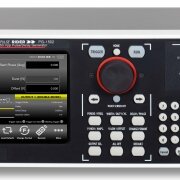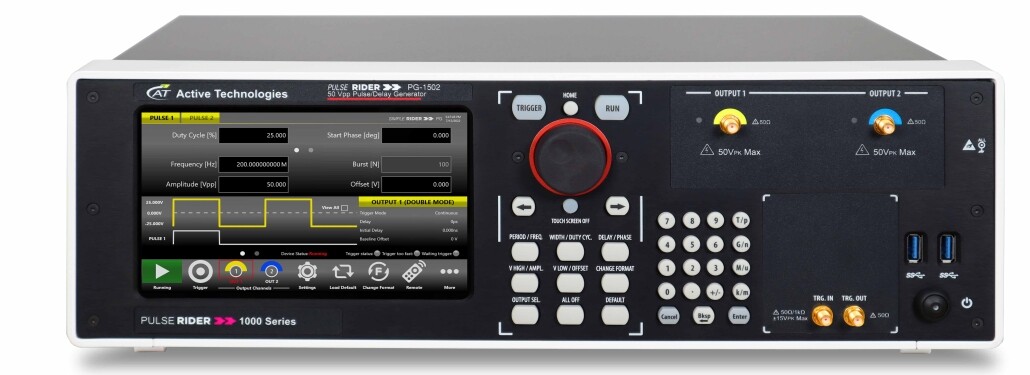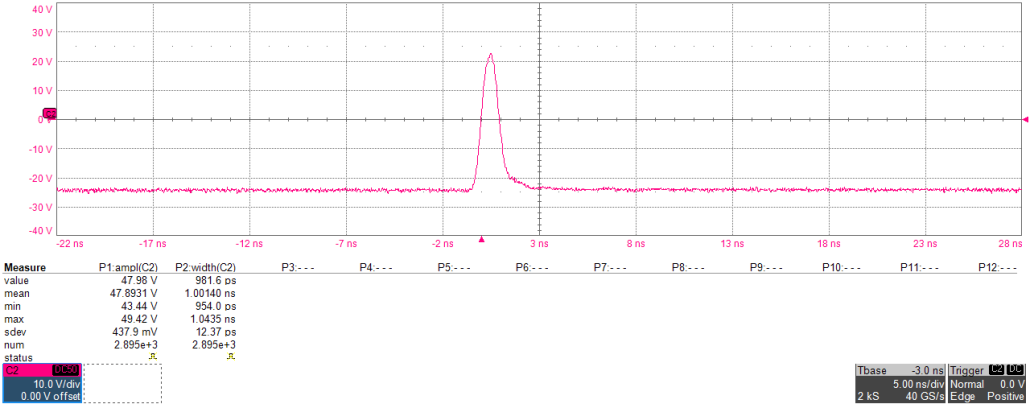Active Technologies is present at ELECTRONICA 2022 in Munich, Germany (Hall A3 – Booth 230).
Electronica 2022 is once again bring the international electronics industry together and will fill 13 halls on the Munich exhibition grounds during November 15-18, 2022. As a co-located event, SEMICON Europa will take up an additional hall. The exhibitor target group includes companies that offer products and services used in the development, quality control, maintenance and repair of electronic assemblies, devices and machinery. Relevant sectors: electrical engineering, electronics, retail trade (distributors), telecommunications, mechanical engineering, service providers, software technology, data processing. As a visitor target group the developers and designers of application-orientated electronic circuits and products are addressed. Electronica Germany is one of the largest trade fairs among the industry dealing with electronics and showcases the latest technologies related to the electronics from the top most companies. The expo provides the perfect business opportunity to its members, visitors, and exhibitor coming from all over the world. Electronica Germany will be attended by different industry groups from all over the world. It has special offers for visitors on the most recent and high-end innovations of the world. This exceptional show has an International appeal drawing people from all over the world.
Active Technologies will be present in the hall A3 (Test and Measurement) with AWG-5000 the world’s fastest 16 bit Arbitrary Waveform Generator, the only instrument capable to reach 5Vpp – 110 ps rise and fall time at the output. In Simple Rider True-Arb interface, the users can define complex waveforms with up to 16,384 sequence entries of analog waveforms and digital patterns, define their execution flow by means of loops, jumps and conditional branches. Digital output combined and synchronized with analog output signals represent an ideal tool to troubleshoot and validate digital design. The waveform memory length of up to 4 GSamples on each channel combined with up to 16,384 and up to 4,294,967,294 repetitions, make the Arb-Rider 5062/5064/5068 the ideal generator for the most demanding technical applications. Thanks to the intuitive and easy waveform sequencer user interface, the most complex waveform scenarios can be created with just few screen touches.
Up to 4 instrument can be synchronized together in order to obtain a 32 analog – 128 digital channel generator. A dedicated synchronization bus guarantees the intra-chassis synchronization.
Active Technologies is also going to show the new PG-1500 at 50V amplitude – 400 ps rise time Pulse Generator. The Pulse Rider Series offers premium signal integrity with the easiest to use touch screen display interface (SimpleRider™). The Generation of pulses requires only a few screen touches. The output Voltage can be adjusted up to 50 Volts pk-pk in a window of ±25 Volts with
400 ps edge rate (based on RiderEdge™ technology). Its innovative hardware architecture provides the possibility to generate multiple pulse sequences, such as double, triple or quad pulses, with fully independent timing parameters.
Ferrara – Italy, 13.10.2022








